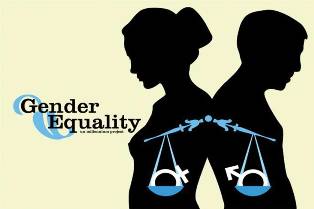The author is an Odisha-based eminent columnist/economist and social thinker. He can be reached through e-mail at [email protected]
DISCLAIMER: The views expressed in the article are solely those of the author and do not in any way represent the views of Sambad English.


Comments are closed.